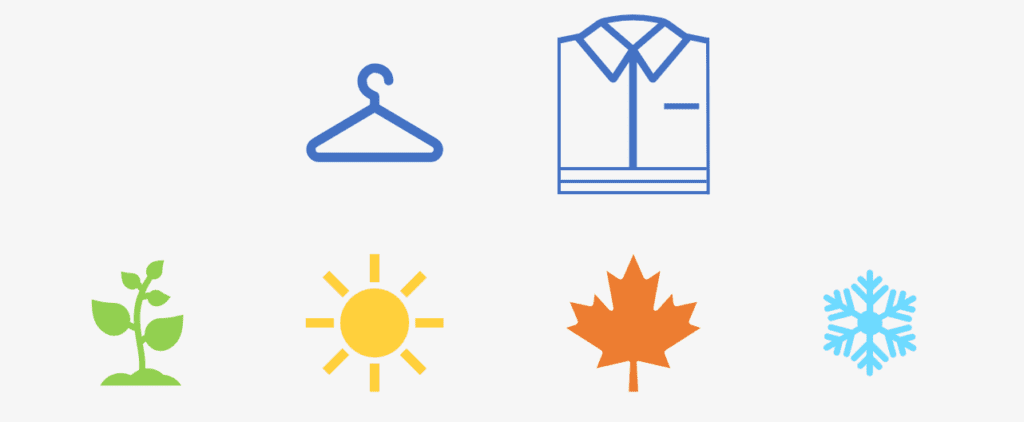![]()
Within the field of handling information in an organization, there are a myriad of different concepts, sciences, and strategies to be considered. It can be confusing to navigate through all the different, but at first glance similar sounding frameworks, strategies, models, and procedures. In this instance, I will do my best to explain the main difference between information governance and information management in a simple way, so that you can distinguish between them more easily and recognize the main elements and main objectives of each.
Easily explained, information governance is the proactive part of handling information assets ensuring (among other things) regulatory compliance and long-term digital preservation, while information management handles the “how” – so how to capture, classify, store and distribute information to facilitate creation of business value.
As Albert Einstein once said;
“Intelligence is not the ability to store information, but to know where to find it”

From here, we will focus on information management, and why it is important for everyone to adhere to the same standard of classifying and storing information for it to generate business value. Having the information within the organization’s walls does not automatically mean it is used.
Organization of clothes as a practical example of information management
During the global pandemic, many of us were couped up at home for extended periods of time. Many of us probably also spent some of that time re-organizing close to (if not actually) all our belongings, everything from kitchen utensils, hobby equipment and wardrobes. I want to utilize the example of ways to organize one’s closet to illustrate different kinds of arrangements, and the same can be the case in the handling of information in an organization.
How would you organize your clothes?
I would guess there are thousands of ways of organizing a closet, as is also the case for different ways of categorizing and classifying information.
First, you would perhaps address where the clothes should be located. Most people have a wardrobe and chest of drawers, some may have multiple wardrobes in different rooms of the house, while others have a walk-in closet or dedicated room for all clothes and affiliated items. Knowing the infrastructure and options available is important, so that all choices are made in accordance with what is feasible to execute.
Then you would consider what clothes are appropriate to put on hangers and what should be folded up and put into drawers, based on the infrastructure of your home.

Would you prefer to have items separated based on the seasonal affiliation? So spring, summer, autumn and winter have their own section, or rotating between being in storage and in the closet.
An additional consideration would be if you should sort the closet based on the color of the items, regardless of the category of clothing itself. On the other hand, you could choose to categorize based solely on what kind of item it is, regardless of color or season.

Subsequently, you may have some specialty items that do not fall naturally into any of the previously mentioned categories. It could be ball gowns, clothing items made up of sequences, Halloween or national costumes – where would you place them?
Although all these ways of organization can function on their own, they can also be combined in different ways. Seasonal clothing can be organized based on item categories and/or color, while some clothes are fit for folding and others need to be on coat hangers.
All these methods work on the premise that we are organized. Many of us may have a bad habit of throwing all our socks in a drawer without pairing them together, creating chaos in the drawer. I suppose this would not be an issue if all the socks are the same color – but for how many of us is that the case?
Finally, we need to tackle the situation of clothes on the floor, or the infamous “clothes chair” where items get tossed and contribute to chaos and clutter. In these scenarios you may believe a sweater or favorite pair of pants have disappeared – but no, they are just in the bottom of the pile of clothes on the floor or chair, tucked under three weeks’ worth of clothing.
Concluding thoughts
Just as with the planning of a closet re-organizing, having a well-throughout information management plan contains many considerations and choices. For organizations to have a well-made plan, policy makers need to ask some important questions;
- Where does the information come from?
- For whom is this information relevant?
- What kind of information is gathered?
- How long does the information hold value for the business?
These questions need to be asked and answered for all the departments and subsections of the organization. They may handle the same or drastically different types of information, representing various avenues for creation of business values, which indicates they should be processed and classified in different manners. Some information may be eligible for several classifications, just like a pair of orange wool-socks.

One way of organizing may not be objectively better than another, but the important thing is to ask relevant questions, make the classification decisions and then be consistent across the entire organization. However, I think we can all agree that handling information within a business parameter should not be left to chance, handled like a messy sock drawer or left like a pile of clothes on the floor.
Although change is uncomfortable, just stick with it long enough and suddenly new habits have formed.
Feel free to reach out to us at contact@infotechtion.com if your organization needs assistance with information management.



